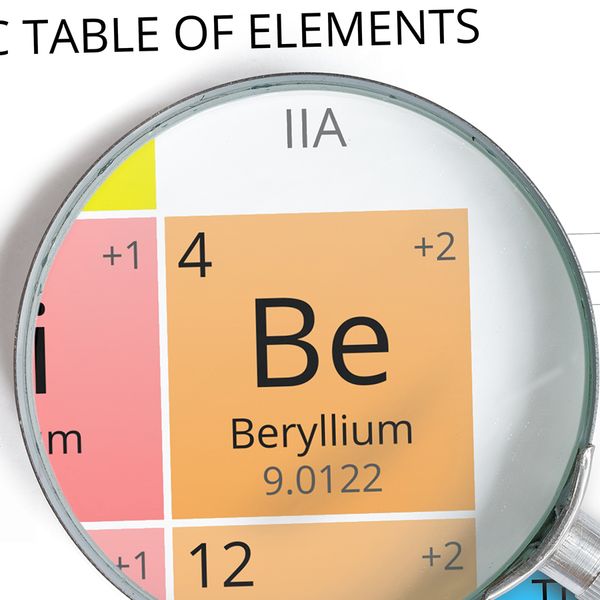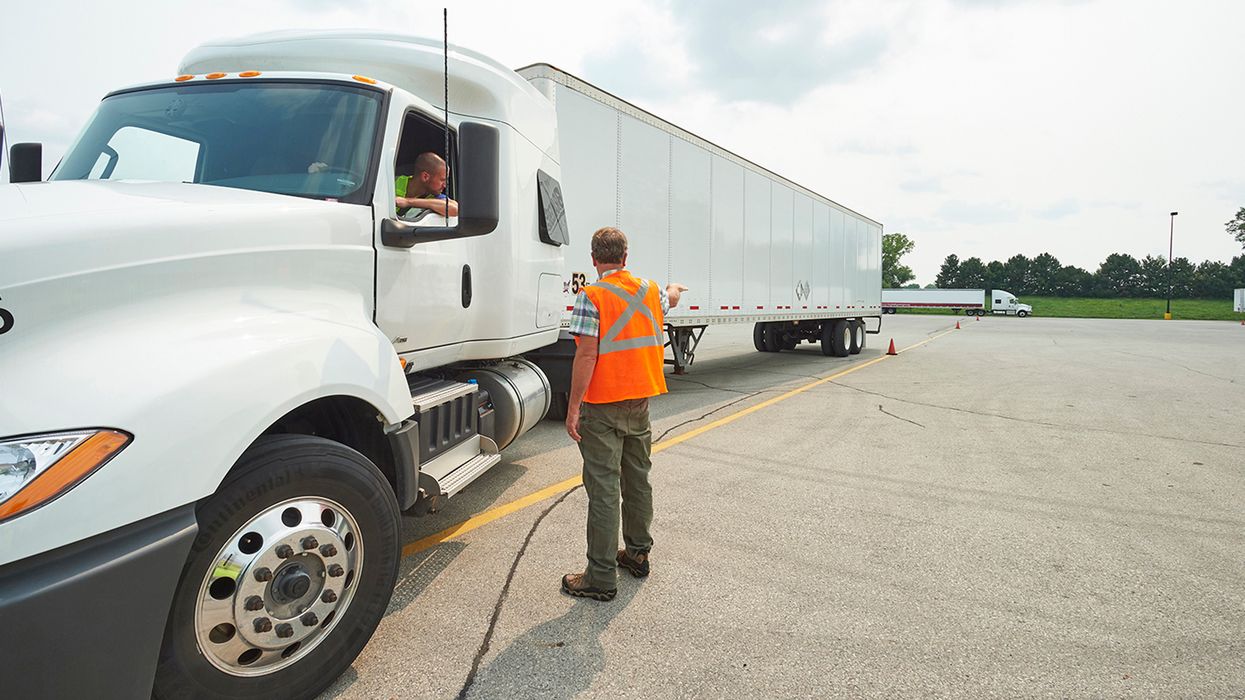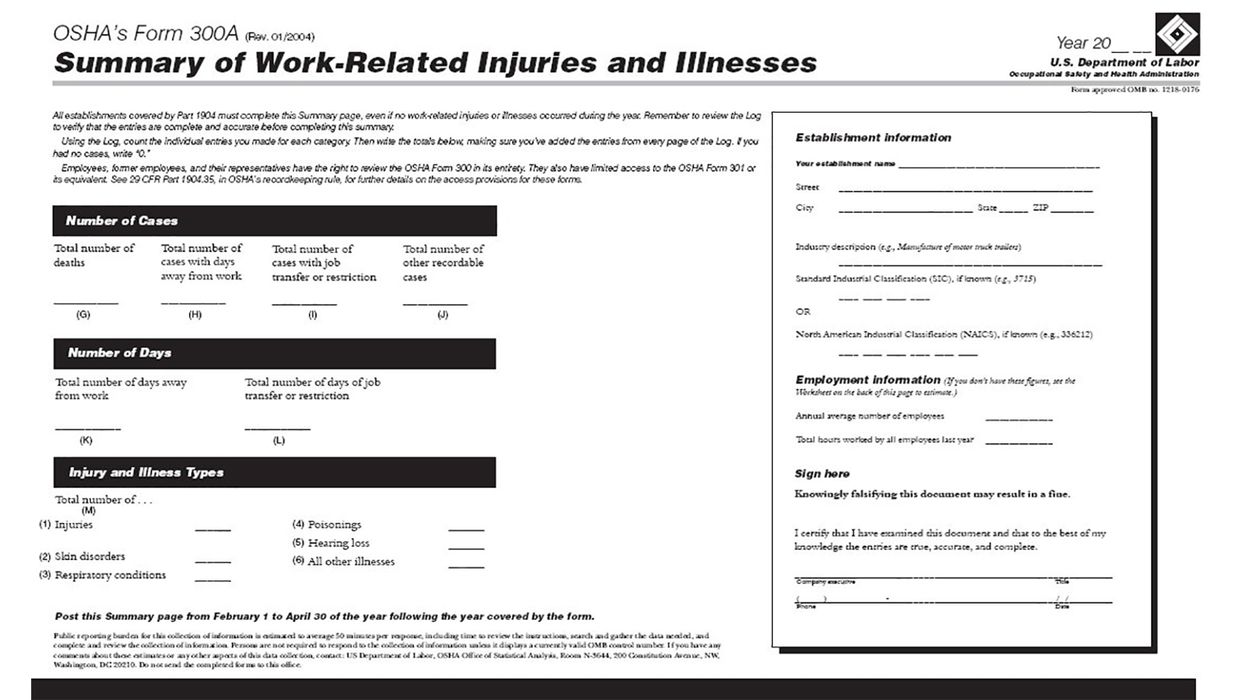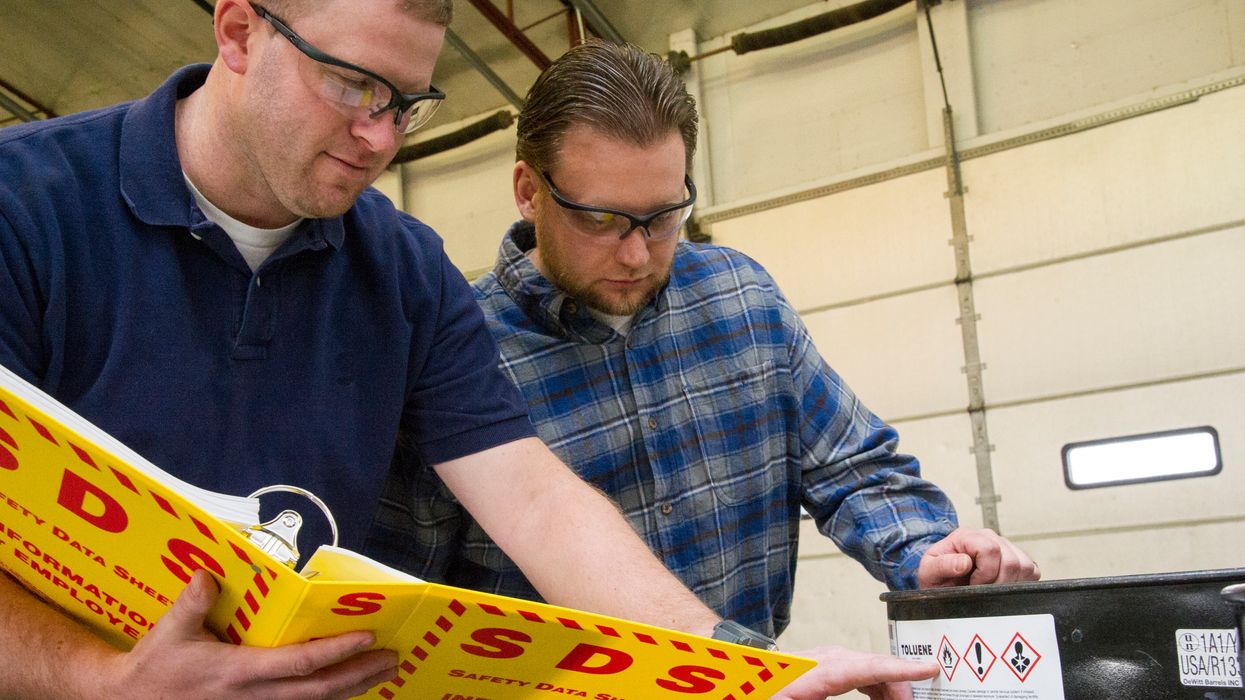Detailed look at beryllium inspection
OSHA published interim enforcement guidance for two final beryllium (Be) rules that were issued on July 14, 2020, for general industry, and on Aug. 31, 2020, for construction/shipyards. The first half of the guidance provides inspection and citation procedures for OSHA compliance officers, but you may gain insight about the regulations by reviewing those procedures.
The second half offers a table to assist you in determining which proposed provisions were finalized last year.
Employers adhering to the proposed changes had been regarded as “in compliance,” but now is the time to meet the final provisions, as applicable.
OSHA is instructing compliance officers to cite overexposures to beryllium as serious violations. When employees are overexposed to both beryllium and any other air contaminant(s) generated from the same process or operation, compliance officers will cite each PEL (Permissible Exposure Limit) violation as serious and propose separate penalties.
Health effects from beryllium exposure
- Beryllium sensitization
- Chronic Beryllium Disease (CBD)
- Acute Beryllium Disease
- Lung cancer
Key provisions of the beryllium standard
- Set a permissible exposure limit (PEL) for beryllium of 0.2 µg/m³, averaged over 8-hours.
- Set a short-term exposure limit for beryllium of 2.0 µg/m³, over a 15-minute sampling period.
- Require employers to: use engineering and work practice controls (such as ventilation or enclosure) to limit worker exposure to beryllium; provide respirators when controls cannot adequately limit exposure; limit worker access to high-exposure areas; develop a written exposure control plan; and train workers on beryllium hazards.
- Require employers to make available medical exams to monitor exposed workers and provide medical removal protection to workers identified with a beryllium-related disease.

















































